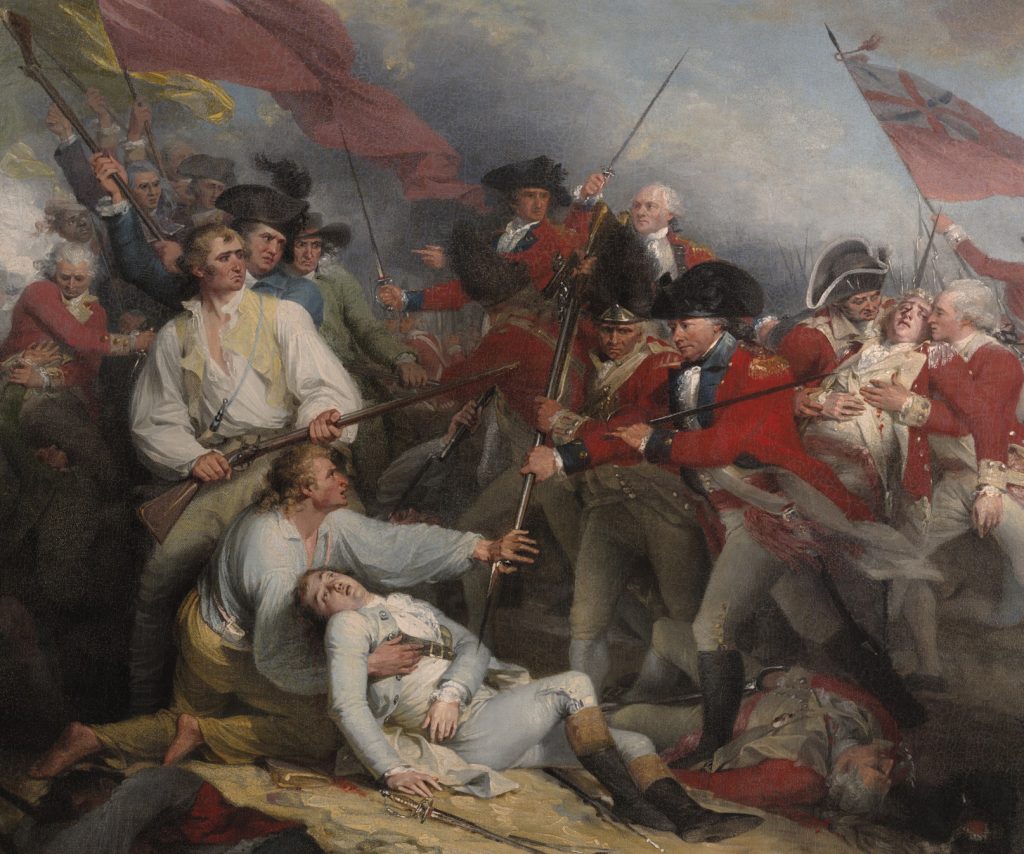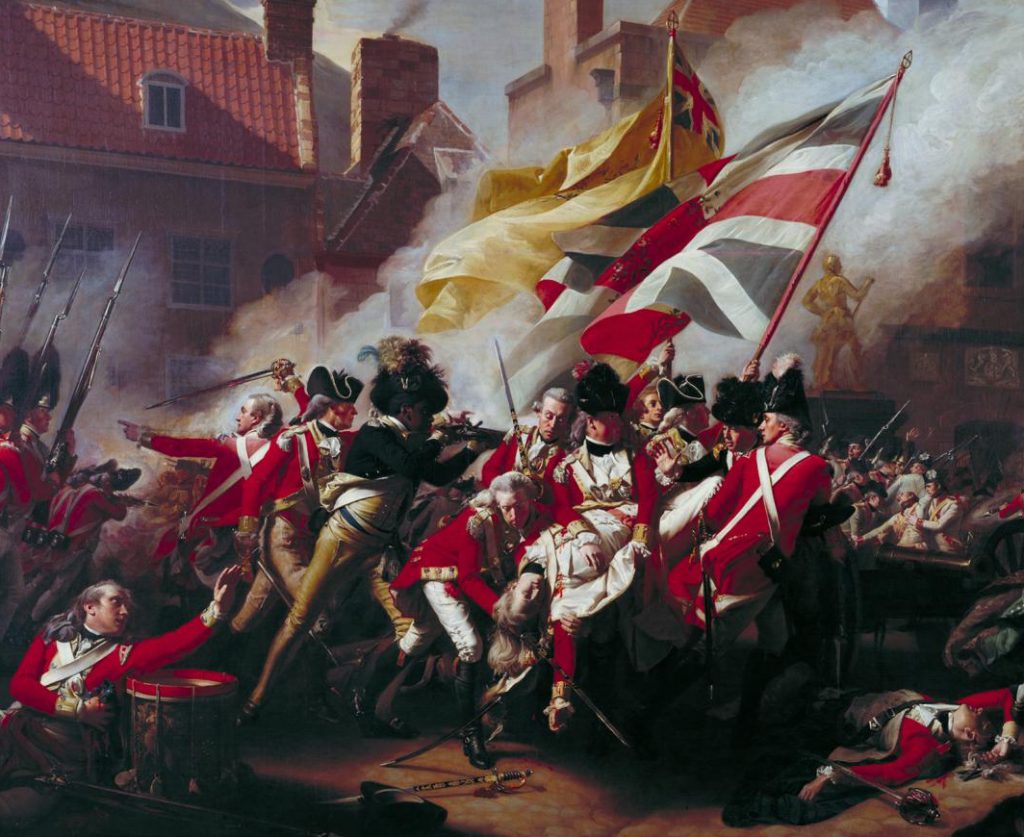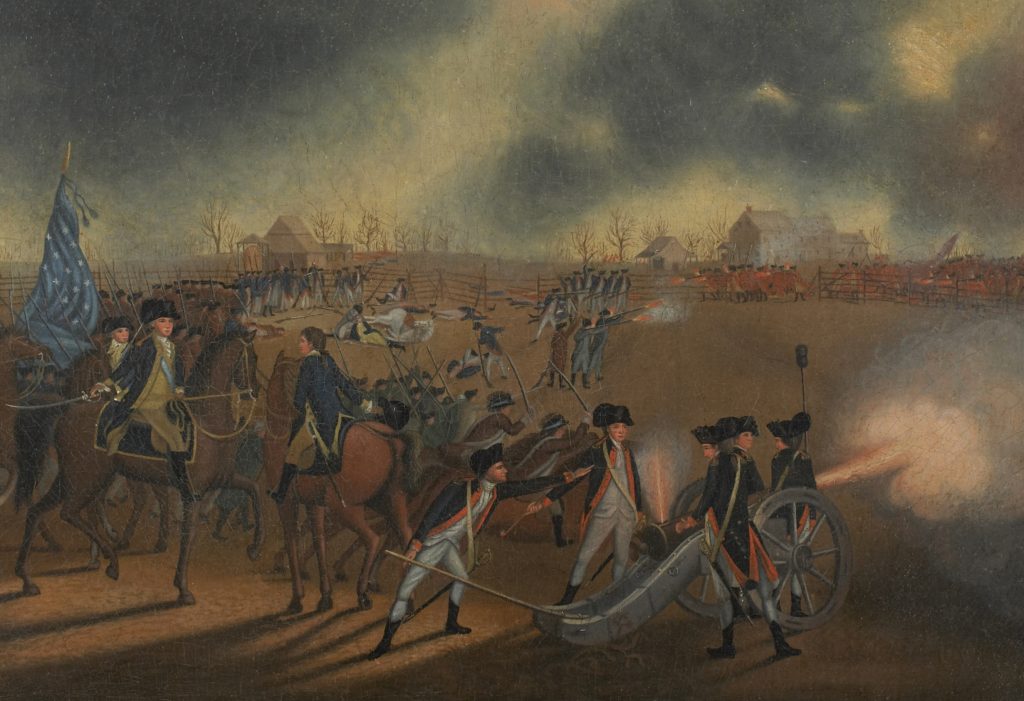Classical Blog
Classical Era and the Art of the American Revolution
During the 1700's, this period is known as the age of Enlightenment, various art movements emerged but it was a very important time for the United Colonies of North America or later known as the United States of America as it fought for its independence. Many artists captured many great moments but non-greater then The Battle of Bunker's Hill painted by John Trumbull. I chose this painting because it is one of the earliest and most renowned historical paintings in American art. The painting by Trumbull captures a pivotal moment in the American Revolutionary War, which showcased General Joseph Warren's death during the battle of Bunker Hill. This painting not only commemorates a significant event in American history but also reflects the growing interest in historical and patriotic themes in American art. John Trumbull was in the colonial army camp at Roxbury, Massachusetts on 17 June, 1775. He watched the battle unfold through field glasses and later he decided to depict the battle that he had seen. The painting was finished in 1786 and it is currently displayed at the Yale University Art Gallery. Trumbull carefully arranged the men and elements in the painting to create a balanced and dynamic composition that draws the viewer's eye to the central event. He also uses a palette of colors to convey mood and emotion in the painting. You see the black smoke in the background that fills the sky, you see the dying men and the chaotic scene of men battling on top of each other. Most importantly he shows the American Major General Joseph Warren fatally wounded and a man stopping a British soldier from stabbing him with a bayonet. Face of concern by the Americans and anger and destruction by the British. His detail in the expressions, uniforms and weapons add realism and historical accuracy. The painting was created on Canvas via oil painting the dimensions are approximately 25 5/8 x 37 5/8 in.
The Battle of Bunker’s Hill, June 17, 1775 by John Trumbull, 1786

In this painting John Singleton Copley is celebrating sacrifice as he depicts the death of Maj Francis Peirson during the British defense of Jersey in early January 1781. The artist's use of color contributes to the mood and atmosphere of the painting, possibly with a mix of bold and subdued tones to convey drama and emotion. The attention to detail that Copley conveyed in this painting is shown in the clothing, facial expressions and the enhanced realism. The use of shadow and light in the painting would play a crucial role in creating depth. You can see the skill that Copley had in capturing emotion and drama in his painting. It conveys the intensity of the moment and the fact that John Copley was able to capture this for the world and America to always remember is amazing. The painting was first exhibited in London in May 1784, it is an Oil on Canvas painting that's approximately 99 in x 144 in. The painting is currently displayed at the Tate Gallery in the United Kingdom.
The Death of Major Peirson by John Singleton Copley,

The arrangement of figures, buildings and landscape elements create a dynamic and visually engaging scene. The use of color to convey mood, atmosphere and highlight important elements with the composition, possibly with a mix of warm and cool tones to create contrast. The realism is depicted in uniforms, weapons and architecture of the period, giving the painting accuracy. The action and movement to convey the intensity and dynamism of the battle scene, capturing the energy and chaos of the moment. The painting is oil on canvas and it was commissioned in 1782. The painting is 24 in x 35 in, James Peale painted The Battle of Princeton as a way to commemorate and document a significant event in American History, This battle took place during the American Revolutionary War. James Peale aimed to honor the bravery of the soldiers involved and to contribute to the visual record of the American Revolutionary War. The painting is displayed at the Princeton University of Art Museum.
The Battle of Princeton by James Peale, ca. 1782

Although very different all three paintings depict important times in the American Revolutionary War. Trapped in time you see the men that struggled and fought for what they believed. War is horrible but the art that can come from it can be very beautiful.
References:
“Bunker Hill.” American Battlefield Trust, www.battlefields.org/learn/revolutionary-war/battles/bunker-hill.
“Ten Great Revolutionary War Paintings, 1775-1790.” The American Revolution Institute, 10 Dec. 2020, www.americanrevolutioninstitute.org/treasures-of-the-american-revolution/revolutionary-war-paintings/.

Hi Carlos,
ReplyDeleteI also chose that painting by John Trumbull for the Classical exhibit, and one detail that was pointed out to me by the research I did was that the man stopping the British soldier from stabbing Warren is a fellow British soldier. The article I read stated that Trumbull was trying to show that morality crosses national boundaries. This combines two themes of the Classical Era: revolution and morality.
Hi Carlos, I loved your examination of these paintings as well as you describing the attention to detail. The colors were something I noticed too through these paintings by how much of a dark tone and setting they have.
ReplyDeleteI enjoyed Trombull's paintings. The painting that you chose from Trombiull is actually a painting of a victory. The scene depicted here shows the leader on the current battlefield being slain which is what prompted George Washington to take the lead and win the battle.
ReplyDelete